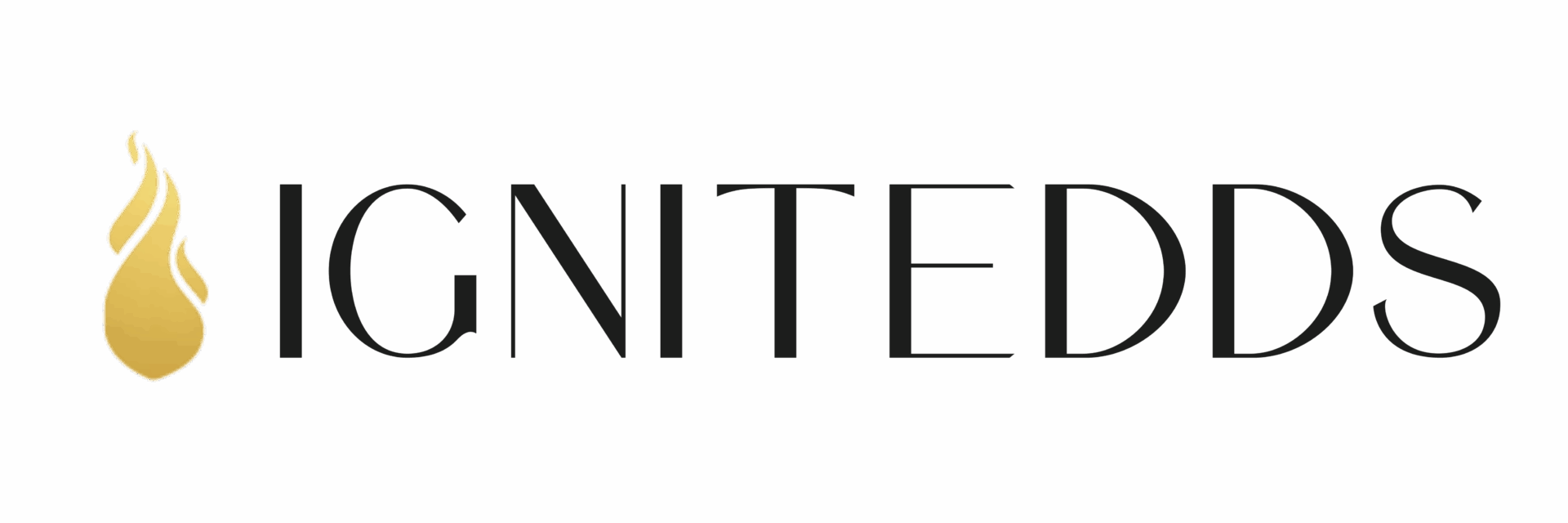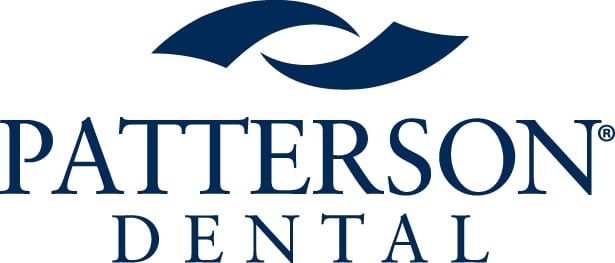By: Angela Holland
Negotiating PPO fees is a crucial yet often overlooked step in maximizing your dental practice’s financial success. Done correctly, PPO fee negotiations can significantly increase insurance collections—without requiring more patients, additional treatments, or increased marketing costs.
While the process can take anywhere from 9 to 18 months, the results are well worth the time and effort. In fact, a well-executed negotiation can boost your reimbursement rates over 20% and enhance your practice’s cash flow, making it a worthwhile investment.
Every 24 months, dental practices should consider hiring an expert to handle PPO fee negotiations. Insurance fee schedules can vary greatly, and regular reviews and adjustments ensure that your practice is consistently receiving fair compensation for services rendered.
How to Conduct Effective PPO Fee Negotiations
Here’s an outline of our comprehensive process for conducting effective PPO fee negotiations:
1. Data Extraction Using Licensed Software
The first step in the negotiation process is gathering accurate data.
Dental practice management (PM) software can provide valuable information about your practice’s insurance collections, treatment volume, and fee schedules. By using licensed software, you can extract essential data from your insurance claims. This data gives you insight into what insurance companies are paying for specific procedures and helps you identify potential areas for improvement.
It’s important to use reliable software that accurately captures all relevant data.
2. Review and Visual Analysis of Extracted Data
Once the data is extracted, it’s essential to review and analyze it thoroughly.
The raw data can be difficult to interpret, so the next step is to plug it into a visual analysis tool. This tool helps you better understand the distribution of your fees across various procedures, insurance providers, and patient groups.
By visualizing the data, you can pinpoint areas where reimbursement rates may be lower than expected and identify trends that may impact your practice’s overall revenue.
3. Review and Analyze EOBs from All In-Network Carriers
Explanation of Benefits (EOB) statements from insurance carriers are another valuable source of information.
By reviewing EOBs from all your in-network insurance companies, you can understand how much each insurer is paying for specific procedures, as well as identify any discrepancies or trends in reimbursement rates.
This step is crucial because it helps you identify whether your current fee schedule is competitive within your region or if there is room for improvement.
4. Establish Top 20-30 Codes for Negotiation
Next, identify the top 20-30 procedure codes that account for the bulk of your insurance claims. These are typically the most common treatments performed at your practice, such as cleanings, fillings, crowns, or root canals. By focusing on the codes that generate the most revenue, you can ensure that your negotiations are focused on the services that will make the biggest impact on your bottom line. This approach helps you prioritize and maximize the potential for improved reimbursement rates.
5. Review and Increase UCR Fees
The next step is to review your office’s Usual, Customary, and Reasonable (UCR) fees, which represent the fees you charge for your services.
Your UCR fees should be adjusted to ensure your office falls within the 80th to 90th percentile for your office’s geographic area. The 80th to 90th percentile is a common range used by insurance companies to determine acceptable reimbursement rates. If your fees are too low, you may not be reimbursed adequately for the services you provide.
Increasing UCR fees within this range helps ensure your practice is competitively positioned for better reimbursements.
6. Initiate PPO Fee Negotiations
Once you have all the necessary data, it’s time to initiate the negotiation process with PPOs.
This involves reaching out to insurance providers to discuss your fee schedule and request higher reimbursement rates. It’s important to approach these negotiations with a clear understanding of what you’re asking for, backed by the data you’ve collected.
The goal is to secure better reimbursement rates for your top codes while maintaining a positive relationship with your insurance providers.
7. Leverage Data and Negotiating Power
When negotiating PPO fees, data is your best ally. The more data you can provide, the stronger your negotiating position.
This includes the information you’ve extracted from your PM software, the insights gained from analyzing EOBs, and any relevant data from other practices that work with the same insurers. The more PPO plans you negotiate, the more data you’ll have, and knowledge is power in these discussions.
A strong negotiation strategy, armed with data, can give you the upper hand in securing favorable reimbursement rates.
8. Confirm Live Date and Update Fee Schedules
Once negotiations are complete and you’ve agreed to new fee schedules with the PPOs, make sure to confirm the “live date” for the new fees—this is the date when the updated rates will go into effect. It’s crucial to track this date to ensure that your practice is reimbursed at the new, higher rates. Once confirmed, update the fee schedule in your PM software to reflect the new rates.
This ensures that your billing and reimbursement processes are aligned with the negotiated fees.
Keep Reading: Maximizing Profitability with Dental Insurance Waivers & Upgraded Fee Agreements


